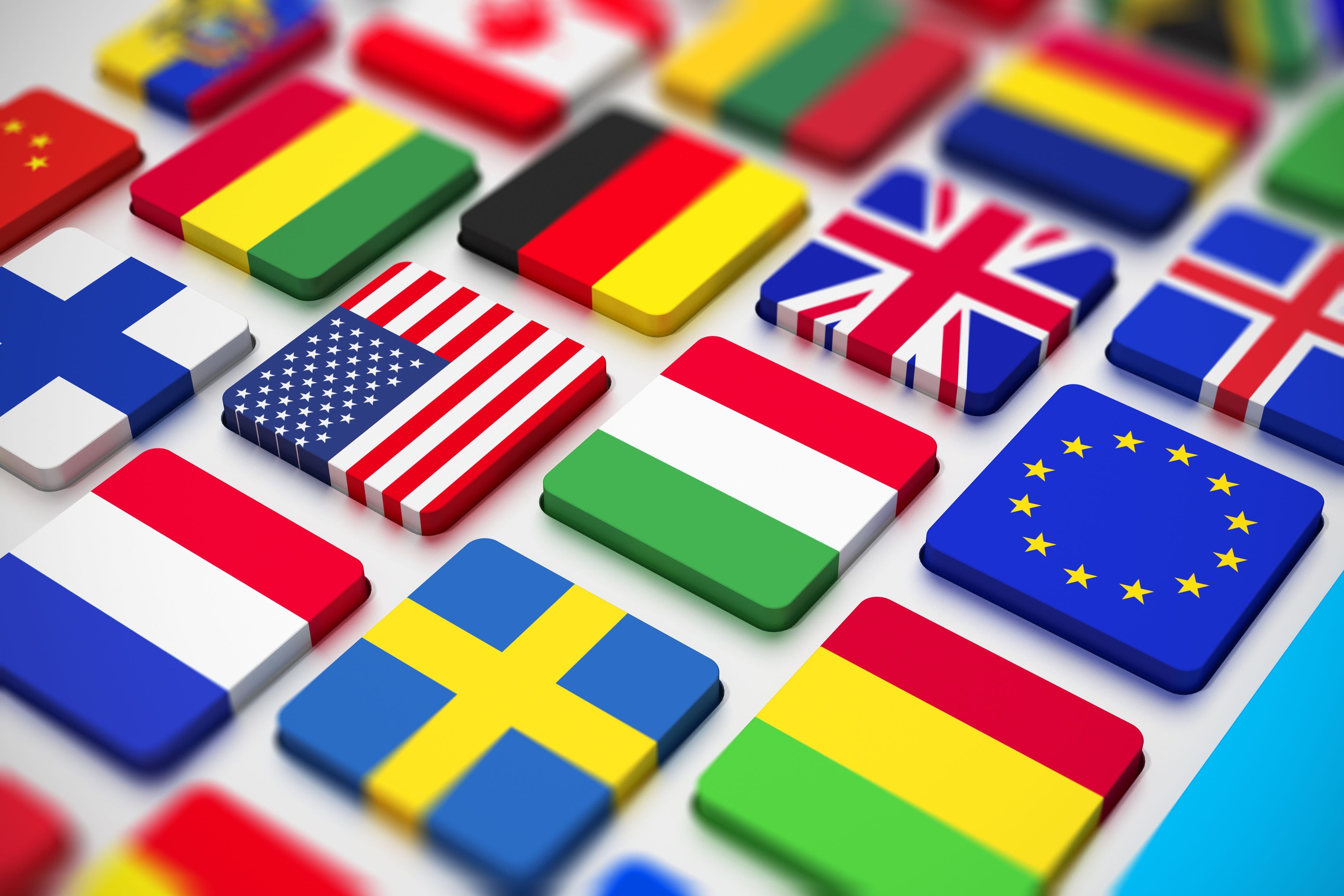If your wife said she was going to grab her “cartera” (handbag) that wouldn’t be an issue. If she were to grab a “cartero” (postman), well, then there may be pause for thought.
Translation and search across multiple languages is seldom a straightforward solution. Every language, down to regional variances, has its own nuances and idiosyncrasies. Under growing time and cost pressures, it can be easy for legal teams to miss some of these basic differences in multi-language e-discovery projects.
TransPerfect Legal Solutions combines translation and ediscovery, offering an end-to-end workflow that enables our teams to uniquely support clients in global, multi-language litigation.
While there are a number of technologies employed in this workflow—in-platform machine translation, language-detecting OCR, language-agnostic analytics, and TAR—good old search terms often have the most pronounced impact on the success of a multi-language project. Here are some factors to ensure your search terms accurately convey what you are trying to express.
Gender
Assigning masculine or feminine articles incorrectly to nouns is a common mistake in translation. Forty-four percent of languages use grammatical gender. Directly translating nouns can, of course, change the meaning of a word. If your wife said she was going to grab her “cartera” (handbag) that wouldn’t be an issue. If she were to grab a “cartero” (postman), well, then there may be pause for thought. Also something to consider is that a missing proper pronoun or adjective would have a domino effect. Lastly, no assumption can be made about gender, as the designation isn’t always consistent among languages. In German, a spoon is male (“der Löffel”) while in Spanish a spoon is female (“la cuchara”).
Regional Slang
Simply translating a word directly might not always yield the best result—even within the same language. An English-speaking person from the United Kingdom might mention that they are trying to “flog their old office chair” That’s rather confusing to an English-speaking person from the United States who might not recognize the UK-English term “flog” as to sell something, usually quickly and cheaply, and be left wondering why someone is trying to strike a chair. When it comes to translation, native speakers have a considerable advantage in knowing these regional terms that might not be caught by a literal translation.
Terminology can be understood differently based on a region within a country; therefore, it’s also important for linguists to be native speakers. For example, someone from Louisiana may not have any idea what to do with a “bunce” (bonus or profit) but would know exactly what to do with a “lagniappe” (bonus or extra).
Just the Right Synonym
Even in English, we recognize that not all synonyms are created equal. Theasurus.com lists quite a few options for “different”—including contrasting, particular, and peculiar. To state that an issue needs a “peculiar option” instead of a “different option” changes the intent of the statement.
Idioms and Expressions
A famous advertising campaign known in the United States is “Got Milk?” Using the verb “got” as slang in English isn’t unusual—however, when the campaign was translated into Spanish, the translation seemed to question whether or not someone was lactating.

In French, the literal translation for an expression of being depressed (“J’ai le cafard”) means that you have the cockroach. Hearing that, a Dutch person might respond with “Helaas pindakaas,” which translates to either “unfortunately the peanut butter” or “that’s too bad.” Idioms translated literally can be rather confusing.
Plurals
Many languages address plurals differently than in English. For instance, in Thai there are no letters added to a specific word to indicate a plural. Instead, context words and classifiers identify that the word is plural. Describing multiple cars would translate literally as “car three.”
In certain instances, a plural is formed by repeating an object, so the word for “girls” in Thai would be translated back into English as “girl girl.” This isn’t consistent for every noun, however. In other circumstances, a classifier is inserted instead. The duplication of nouns is inconsistent among languages. In Kiswahili, repeating a word twice often gives it a completely different meaning, such as “mbali,” which means “far away,” while “mbalimbali” means “different.” Changing a word to plural in Kiswahili sometimes involves changing the first letter, but it’s dependent upon the noun class.
Word Order and Omission
Many languages put their verbs, adverbs, and adjectives in a different order than in English. Adding words or placing them in the incorrect position can alter the meaning and negatively impact the translation. In certain languages and circumstances, articles and pronouns might be omitted that can have a major impact on search results. For instance, during the e-discovery process if you were to search “nosotros vamos,” you would miss instances of “vamos,” whereas if you searched “vamos,” you would surface all instances.
False Friends
Plenty of words in other languages, particularly Germanic and Romance languages, have false friends—they look similar to words in English, but have a completely different meaning. The popular French word ”bra” means arm and is not to be confused with the English word for undergarments. By the same token, a “sensible” decision in French legal terms is, when translated correctly, a “sensitive” decision.
Homonyms
Many words have multiple meanings that can only be clearly identified when in context. Take for instance the word “close,” which can define something physically near, a deal that is finished, or a road in the UK. Translating that single word without context does not close the door to misinterpretation. Worse still, if the wrong translation is used for search purposes, then whole swaths of relevant documents will be missed.
Accents and Alphabets
Using accents and correct letters is vital for proper translation. Omitting a simple accent can completely change the meaning of a word. In Spanish, the simple word “él” means “he,” yet “el” means “the.” For scanned documents, the OCR process is vital. If an English OCR tool is run over a non-English document all of the unique characters will be lost. This would mean that before any searches are constructed, the underlying words are incorrectly rendered.
The use of different alphabets on different keyboards also creates challenge. Translating Russian names from Cyrillic can result in inconsistencies. With 33 characters in Russian and 26 in English, there are systems in place to substitute characters to fill the gaps, but it’s not always perfect. One of the more common Russian names, “Михаи́л,” can be translated as Michael, Mihail, or Mikhail, among others.
Even brand names have their challenges. Despite Coca-Cola’s worldwide popularity, it’s impossible to maintain the brand’s spelling and logo around the globe because either the characters don’t exist, or the translation doesn’t work. When the company first attempted to translate the brand name into Chinese, the result was “bite the wax tadpole.” That was fortunately changed to an alternative phonetic equivalent, “kekoukele.”


Join the conversation!